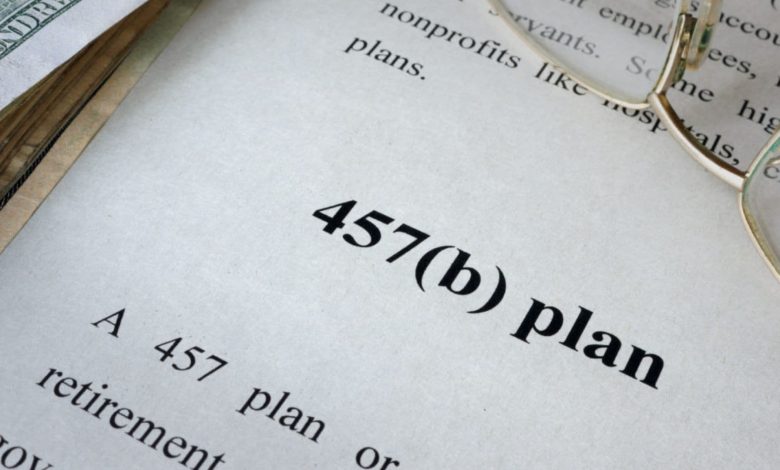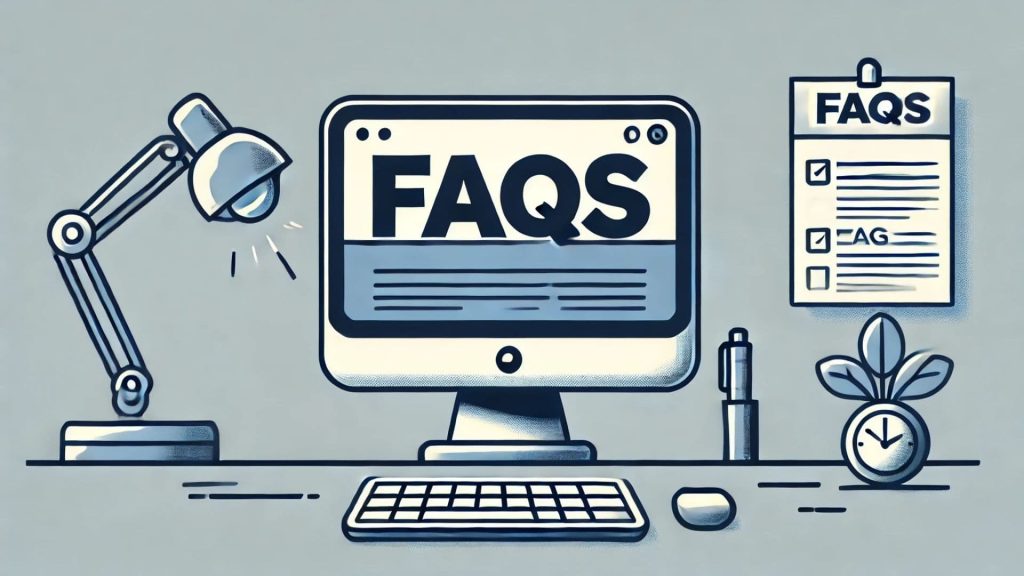
Navigating the complexities of retirement planning requires a thorough understanding of available options and their limitations. This article explores the 457(b) contribution limits, a crucial aspect of retirement planning for government and certain non-profit employees. This comprehensive guide explains the fundamentals of 457(b) plans, outlines the annual contribution limits, and highlights the special catch-up provisions that can significantly boost your retirement savings. By grasping these details, you can effectively leverage the advantages of a 457(b) plan to secure a comfortable retirement.
What is a 457(b) Plan?
A 457(b) plan is a type of employer-sponsored retirement savings plan offered to employees of governmental and certain non-profit organizations. Unlike other plans like 401(k) and 403(b), 457(b) plans don’t have early withdrawal penalties if the funds are accessed before age 59 1/2 as long as the employee is separated from service with their employer. However, distributions are still subject to ordinary income tax.
Key Features of a 457(b) Plan:
- Tax Deferral: Contributions reduce the participant’s taxable income for the year they are made and taxes are paid upon withdrawal, typically in retirement.
- No Early Withdrawal Penalty: There is no 10% penalty on withdrawals taken before age 59½, as long as the employee separates from service with their employer.
- Eligible Participants: Primarily government employees and employees of non-profit organizations.

Annual Contribution Limits for 457(b) Plans
Contribution limits are established by the Internal Revenue Service (IRS) and are adjusted for inflation.
2024 Contribution Limits:
- Standard Contribution Limit: $22,500 This applies to employees under 50.
- Catch-Up Contributions for Participants Aged 50 and Older: $7,500 This brings the total contribution limit to $30,000 for 2024.
- Special Catch-Up Provision: An additional $22,500 (available in the last three years before retirement)
Contribution Limit Comparison:
The 457(b) plan has higher contribution limits than 401(k) and 403(b) plans.
| Plan Type | Contribution Limit (2024) | Catch-Up Limit (Aged 50+) | Special Catch-Up Provision (Available in Final 3 Years Before Retirement) |
|---|---|---|---|
| 457(b) | $22,500 | $7,500 | $22,500 (if eligible for special catch-up) |
| 401(k) | $22,500 | $7,500 | Not available |
| 403(b) | $22,500 | $7,500 | Not available |
How the Special Catch-Up Provision Works
This provision allows employees to make a larger contribution in the last few years before retirement.
Eligibility for Special Catch-Up
- In the Final 3 Years Before Retirement: The employee must be within three years of their normal retirement age, as defined by the plan.
- Unused Contributions: The employee must have not contributed the maximum allowable amount in previous years.
Contribution Limit Example with Special Catch-Up
An employee eligible for the special catch-up provision in 2024 who is within three years of their normal retirement age may contribute up to $45,000, which is the sum of the regular contribution limit ($22,500), the catch-up contribution ($7,500), and the special catch-up amount ($22,500).
Important Note: The special catch-up is not cumulative and cannot be carried over.
Tax Treatment of 457(b) Contributions
Contributions to a 457(b) plan are tax-deferred.
Tax-Deferred Growth: Earnings from investments aren’t taxed until the money is withdrawn.
Withdrawals and Taxes Funds are taxed as ordinary income and there are no penalties for early withdrawal if they are taken after separation from service.
How 457(b) Plans Compare to Other Retirement Plans
Key Differences:
- No Early Withdrawal Penalty: The 457(b) plan does not have a penalty for withdrawals before age 59½ if the participant separates from service. 401(k) and 403(b) plans impose a 10% penalty.
- Catch-Up Contributions: The 457(b) plan allows for two types of catch-up contributions: a standard $7,500 for those 50 or older and a special catch-up provision in the final three years before retirement. 401(k) and 403(b) plans only have the standard $7,500 catch-up.
In summary, the 457(b) plan is a valuable retirement savings plan for those who qualify. The high contribution limits, especially the special catch-up options make this plan a particularly attractive option. With no early withdrawal penalty, the 457(b) plan offers flexibility that 401(k) and 403(b) plans don’t.

FAQs
Who is eligible for a 457(b) plan?
Government employees and employees of certain non-profit organizations are eligible to participate in a 457(b) plan.
What are the special catch-up provisions of a 457(b) plan?
The special catch-up provision allows eligible participants to contribute a larger amount in the final years before retirement. An employee must be within three years of their normal retirement age and have unused contributions from previous years to be eligible.